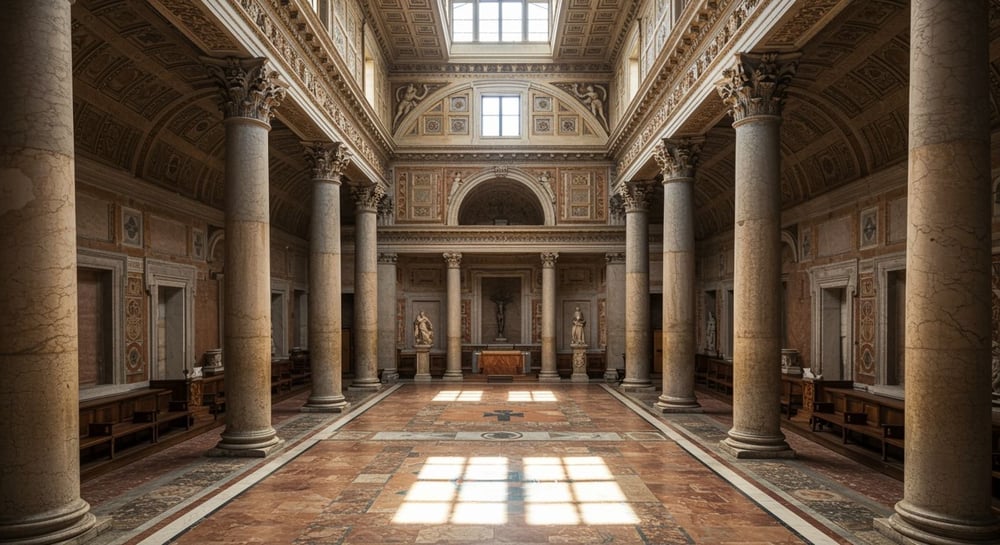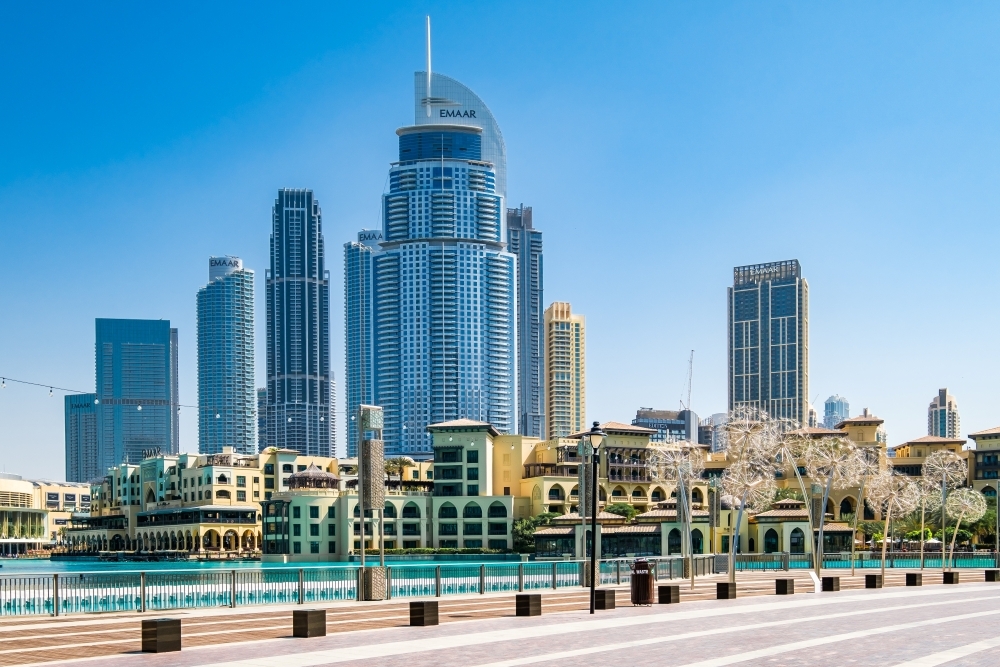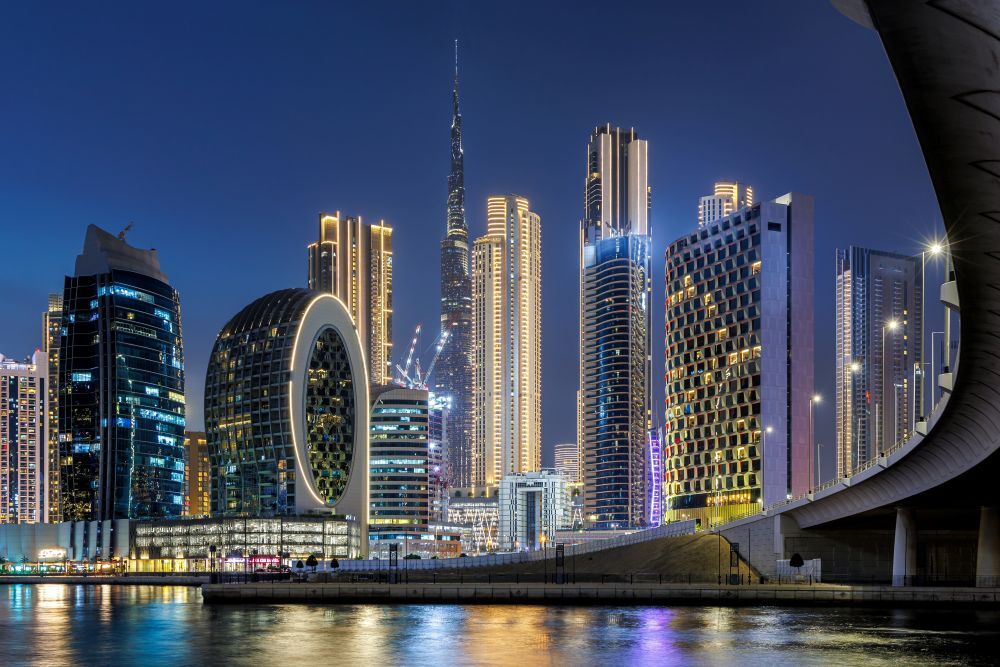Italian Architecture
In Italy, architecture doesn't sit behind velvet ropes or museum walls — it's what makes Italy, Italy. You see it in the morning light on a terracotta wall, the echo of footsteps in a vaulted corridor, the quiet symmetry of a courtyard. Ancient amphitheatres still host concerts, Renaissance piazzas double as neighbourhood gathering spaces. This lived-in quality gives Italian architecture its power — and makes its influence so enduring. The Italian approach to space, proportion, and beauty continues to guide how we build — and how we live.

Rome
Roman architects figured out early that buildings should do more than impress — they should last. The Colosseum, finished in 80 AD, could pack in 50,000 people and empty out in minutes thanks to its brilliant exit system. The Pantheon's massive dome, with that famous hole at the top, still makes architects scratch their heads, wondering how they pulled it off without modern equipment.
But these weren't just show-off projects. Rome was building an infrastructure empire: aqueducts bringing fresh water across hundreds of miles, basilicas establishing legal systems, amphitheatres spreading Roman culture from Britain to North Africa. They were creating a template that would influence city planning for the next two millennia.
The Renaissance
After centuries of relatively modest medieval construction, 15th-century Italy decided to get ambitious again. Florence led the charge with Brunelleschi's cathedral dome — an engineering puzzle that had stumped architects for decades. His solution was so elegant that it still dominates the city's skyline 600 years later.
Other cities weren't about to be outdone. Siena created the shell-shaped perfection of Piazza del Campo. Venice built the ethereal Doge's Palace, where Gothic stone seems to float above the lagoon. Then Andrea Palladio came along with his villa designs outside Venice, establishing rules of proportion so appealing they spread everywhere. You can spot Palladian influence in Georgian London, colonial America, even modern Singapore. It's probably architecture's most successful export.
Baroque
By the 1600s, Italian architects had discovered the power of pure theatre. Bernini and Borromini transformed Rome with buildings that seemed to move — undulating facades, spiralling columns, interiors that played tricks with light and shadow. The Spanish Steps weren't built as steps at all, but as a 135-step amphitheatre where Romans could see and be seen.
The theatrical bug spread south to Naples, Turin, and Palermo, where churches and palaces competed to create the most jaw-dropping interiors. That Baroque love of drama never really disappeared — it is still seen in luxury hotel lobbies and high-end residential interiors today, just with better lighting systems.
Architecture as Daily Life
Italy's real architectural genius shows up in the mundane stuff. Bologna's covered porticoes stretch for miles, perfect for shopping or gossiping, rain or shine. Milan's apartment buildings hide secret courtyards behind heavy street doors — private oases in the urban jungle. Tuscan hill towns seem to grow straight from the bedrock, as if someone just carved away everything that wasn't a village.
The morning market, the evening passeggiata, the Sunday gathering after mass — it’s the buildings that create these moments.
Contemporary Voices
Modern Italian architects aren't trying to recreate the past, they're continuing the conversation. Stefano Boeri's Bosco Verticale in Milan wraps residential towers in 900 trees and 20,000 plants, creating vertical forests that actually work as air purifiers. Mario Cucinella designs buildings that respond to climate and context. Cino Zucchi specialises in making new buildings that complement their ancient neighbours.
Even restoration has become innovative. Venice turns old warehouses into galleries. Rome transforms derelict palazzos into boutique hotels and unused courtyards into restaurants. It is architecture as evolution, not preservation.
Italian Influence in Dubai
Dubai embraces bold architectural statements, and turns to Italy for architectural ideas. The Gate Building at DIFC is essentially a giant Roman arch created for the financial district. Dubai Opera curves like a dhow but feels unmistakably Venetian inside, all dramatic swoops and theatrical lighting.
Italian studios keep winning major commissions here. Antonio Citterio’s interiors define luxury living in projects like the Bulgari Lighthouse. Matteo Nunziati has designed entire neighbourhoods that channel Italian sophistication, including interiors for The Palm Tower and Damac Hills. Drive along Dubai Water Canal or through Palm Jumeirah and you’ll find palazzo-inspired developments that somehow feel at home in the desert.
The residential influence runs deepest. Emirates Hills and Arabian Ranches have Tuscan-style villas — terracotta roofs, stone walls, shaded loggias — all adapted for Gulf living with air conditioning and swimming pools. It's Italian domestic architecture for the 21st century, complete with smart home systems and three-car garages.
These aren’t typical Dubai villas. Emirates Hills buyers want homes with character and depth— architecture that tells a story, with details that feel authentic rather than manufactured. The stonework is hand-laid, the gates are proper wrought iron, and the courtyards have fountains. Covered terraces make sense in Dubai’s heat, creating shaded spaces for dinner parties that last well into the evening.
Take Palazzo Versace at Al Jaddaf Waterfront — it’s essentially an Italian palazzo dropped into the desert, complete with marble columns and classical arches. Residents have access to five-star amenities and waterfront views, but what they’re really buying into is the atmosphere: grand, romantic, and unmistakably European.
Why Italian Architecture Endures
Italian architecture tells a story of constant reinvention. From Roman concrete that still outlasts modern materials to Renaissance domes that redefined what was structurally possible, each era brought fresh solutions to old patterns. The Baroque period added drama, the modern era sustainability. What never changed was the commitment to building spaces that actually work for people. Today, that same adaptability shows up in Dubai's luxury developments, where Italian design principles complement Gulf living with classical proportions and smart home technology.



